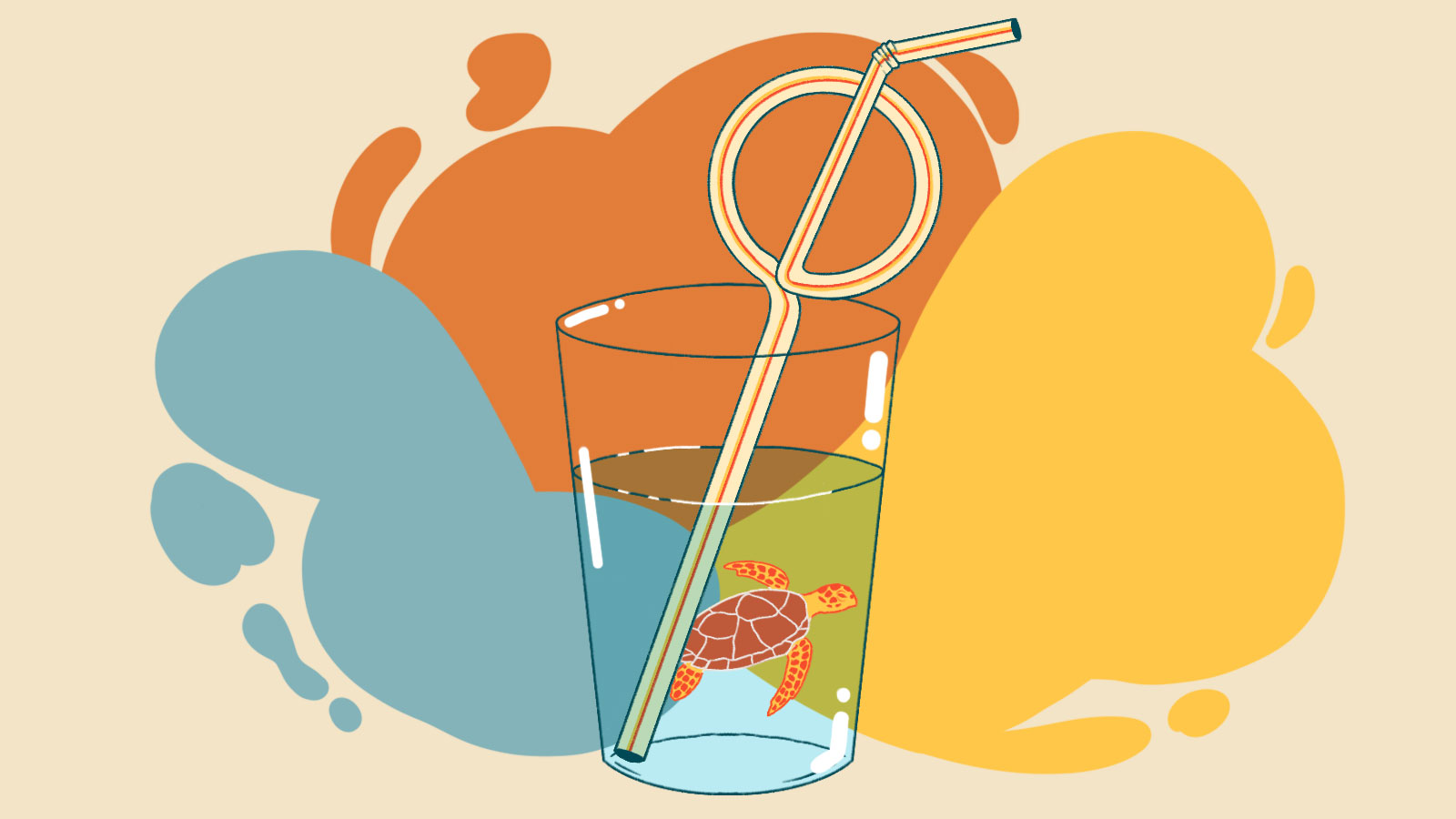核心概念
Plastic straw bans have had a significant impact on raising awareness about single-use plastics, but their effectiveness in combating the larger issue of plastic pollution is debatable.
摘要
The rise and fall of the anti-plastic straw movement shed light on the limitations of focusing solely on straws as a solution to plastic pollution. While successful in raising awareness, critics argue that the movement's narrow scope overlooked more significant sources of single-use plastics. The movement's legacy serves as a lesson for current environmental activists to address broader issues beyond symbolic gestures like banning plastic straws.
客製化摘要
使用 AI 重寫
產生引用格式
翻譯原文
翻譯成其他語言
產生心智圖
從原文內容
前往原文
grist.org
Did plastic straw bans work? Yes, but not in the way you’d think.
統計資料
500 million straws are used and discarded by people in the U.S. every day.
Only 0.025 percent of the 8 million tons of plastic deposited into the world’s oceans each year is comprised of plastic straws.
Polypropylene, used in Starbucks sippy lids, has a 3 percent recycling rate in the U.S.
Around 480 million acres of federal land will phase out single-use plastic products by 2032.
引述
"It wasn’t until one of the researchers cut off a piece of the object that they realized what it was: a four-inch piece of plastic straw." - Christine Figgener
"All plastic is pollution by design." - Jackie Nuñez
"The anti-plastic straw movement helped advance awareness and understanding of other single-use products." - Jackie Nuñez
從以下內容提煉的關鍵洞見
by Harvin Bhath... 於 grist.org 08-04-2023
https://grist.org/culture/plastic-straw-bans-single-use-plastic-pollution-impact/
深入探究
How can environmental activism move beyond symbolic gestures like banning plastic straws to address more significant sources of pollution?
Environmental activism can move beyond symbolic gestures by focusing on systemic changes and addressing the root causes of pollution. This includes advocating for policies that regulate industries producing large amounts of single-use plastics, promoting extended producer responsibility where manufacturers are held accountable for the entire lifecycle of their products, and pushing for a shift towards a circular economy model that prioritizes reuse and recycling over single-use consumption. Additionally, activists can work towards raising awareness about the impact of other forms of plastic pollution, such as microplastics from textiles and tire wear, which often go unnoticed but contribute significantly to environmental degradation.
What role do individual habits play in contributing to or mitigating the plastics crisis?
Individual habits play a crucial role in both contributing to and mitigating the plastics crisis. Consumer choices around single-use plastics directly affect demand for these products, influencing production levels and waste generation. By adopting sustainable practices such as reducing plastic consumption, opting for reusable alternatives, properly disposing of waste through recycling or composting, individuals can significantly reduce their contribution to plastic pollution. Moreover, individual actions can also influence societal norms and drive collective change by setting examples for others to follow.
How can psychological factors influence consumer choices regarding sustainability efforts?
Psychological factors have a profound impact on consumer choices related to sustainability efforts. Cognitive biases like status quo bias may make individuals resistant to changing their habits even when presented with information about the harmful effects of plastic pollution. Emotions like guilt or eco-anxiety may motivate some consumers to make more sustainable choices while others may engage in greenwashing behaviors as a way to alleviate cognitive dissonance between their values and actions. Understanding these psychological influences is essential for designing effective communication strategies that resonate with consumers and encourage pro-environmental behaviors.
0
